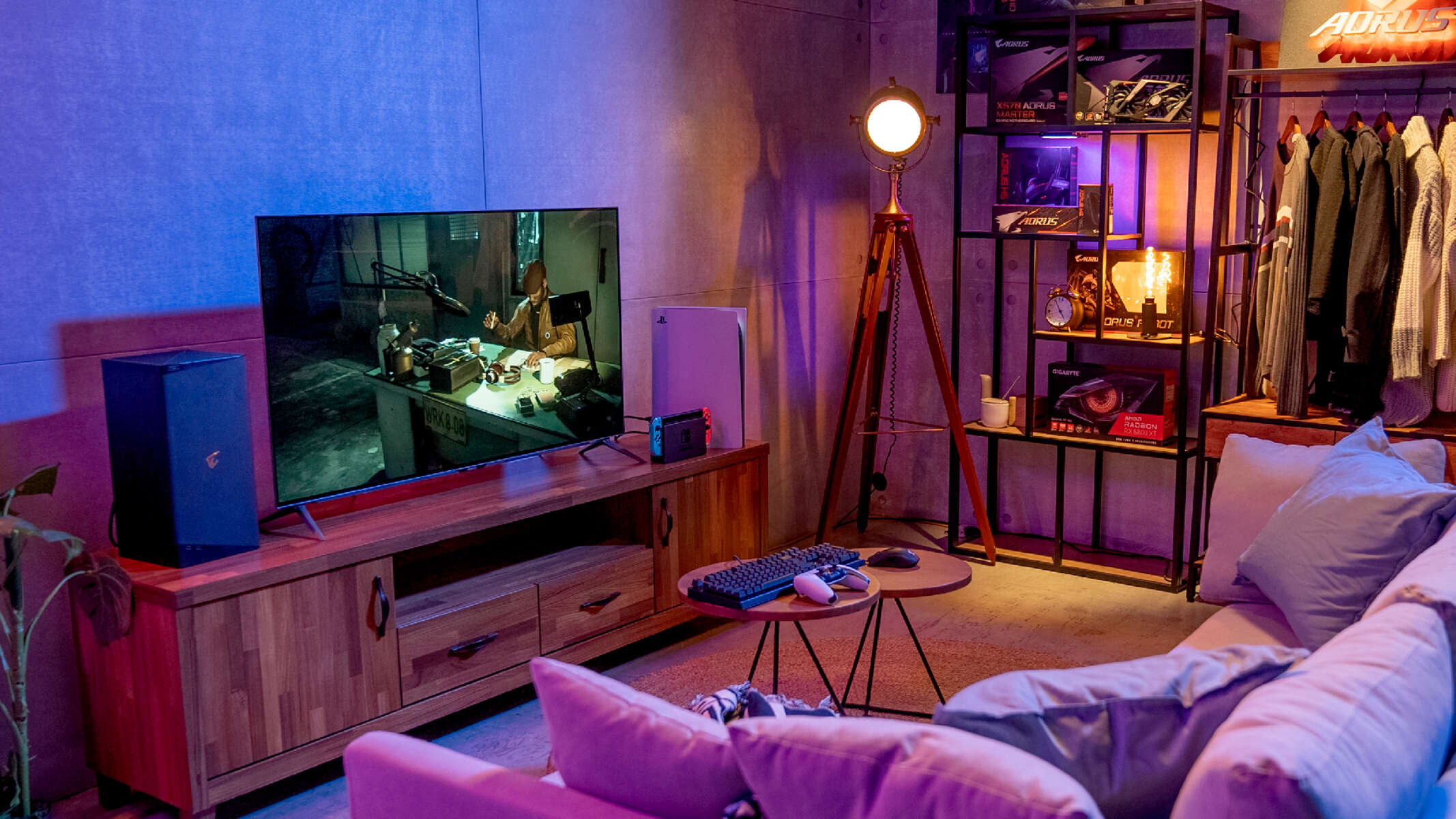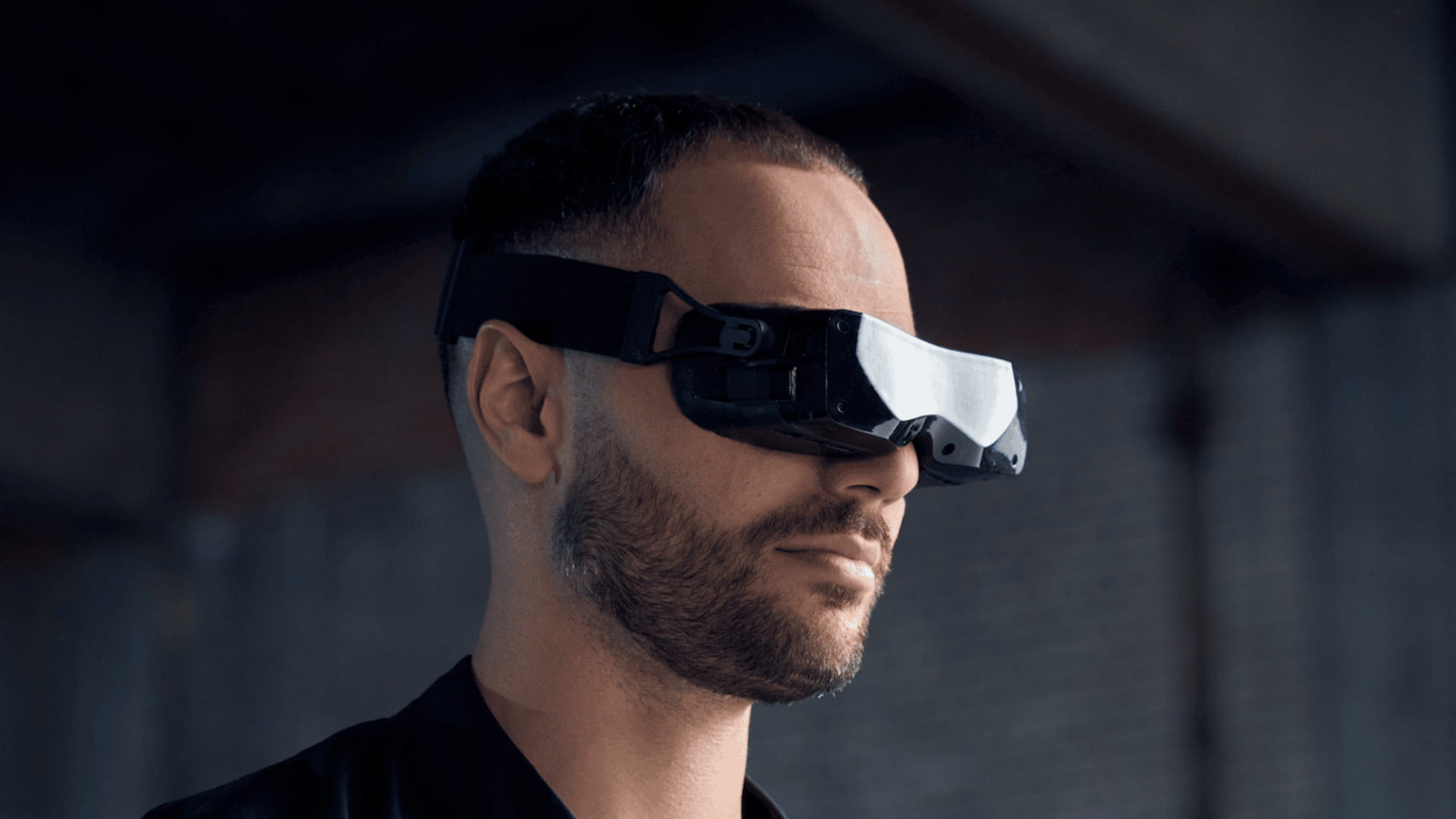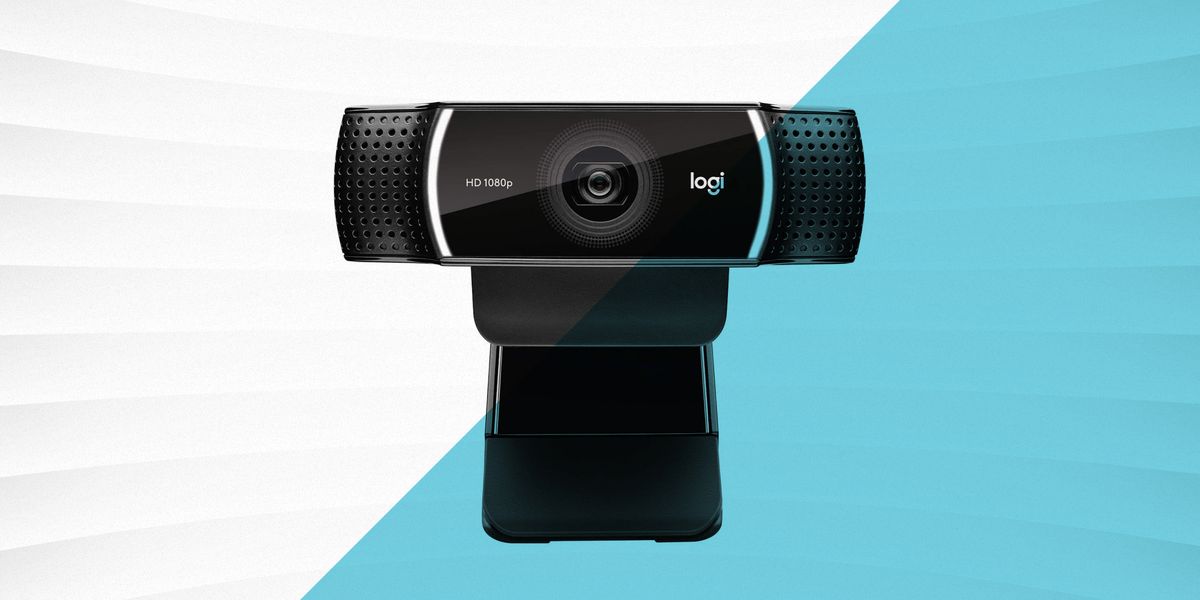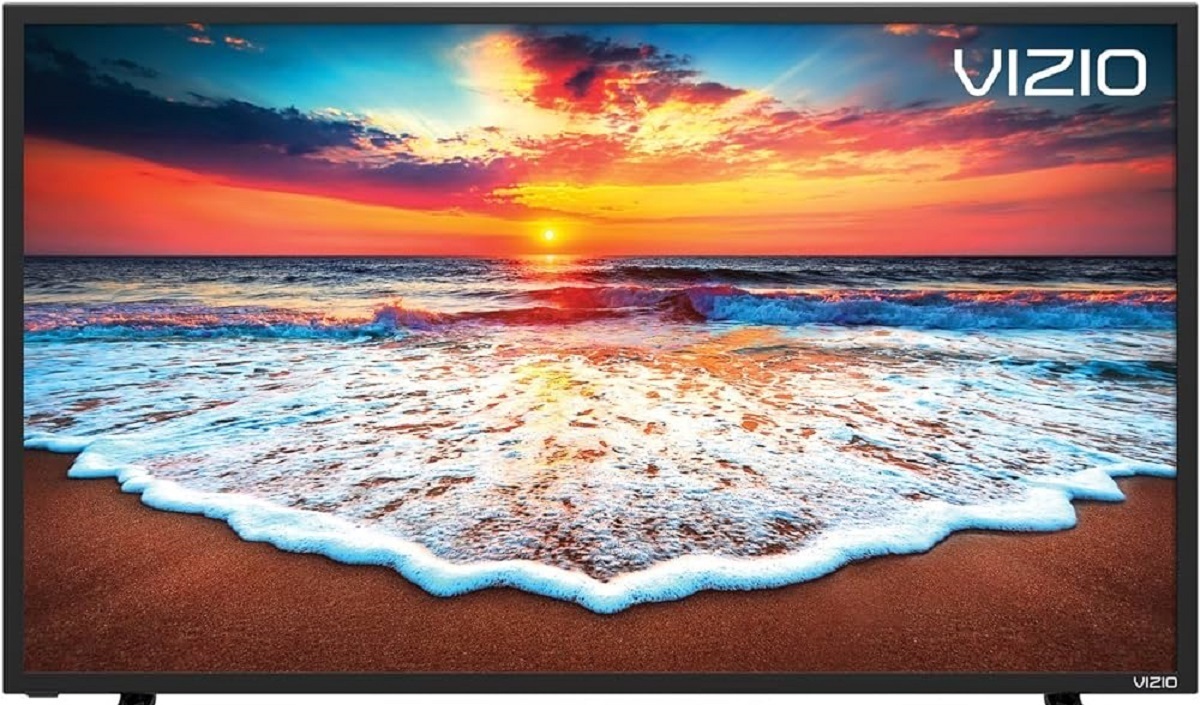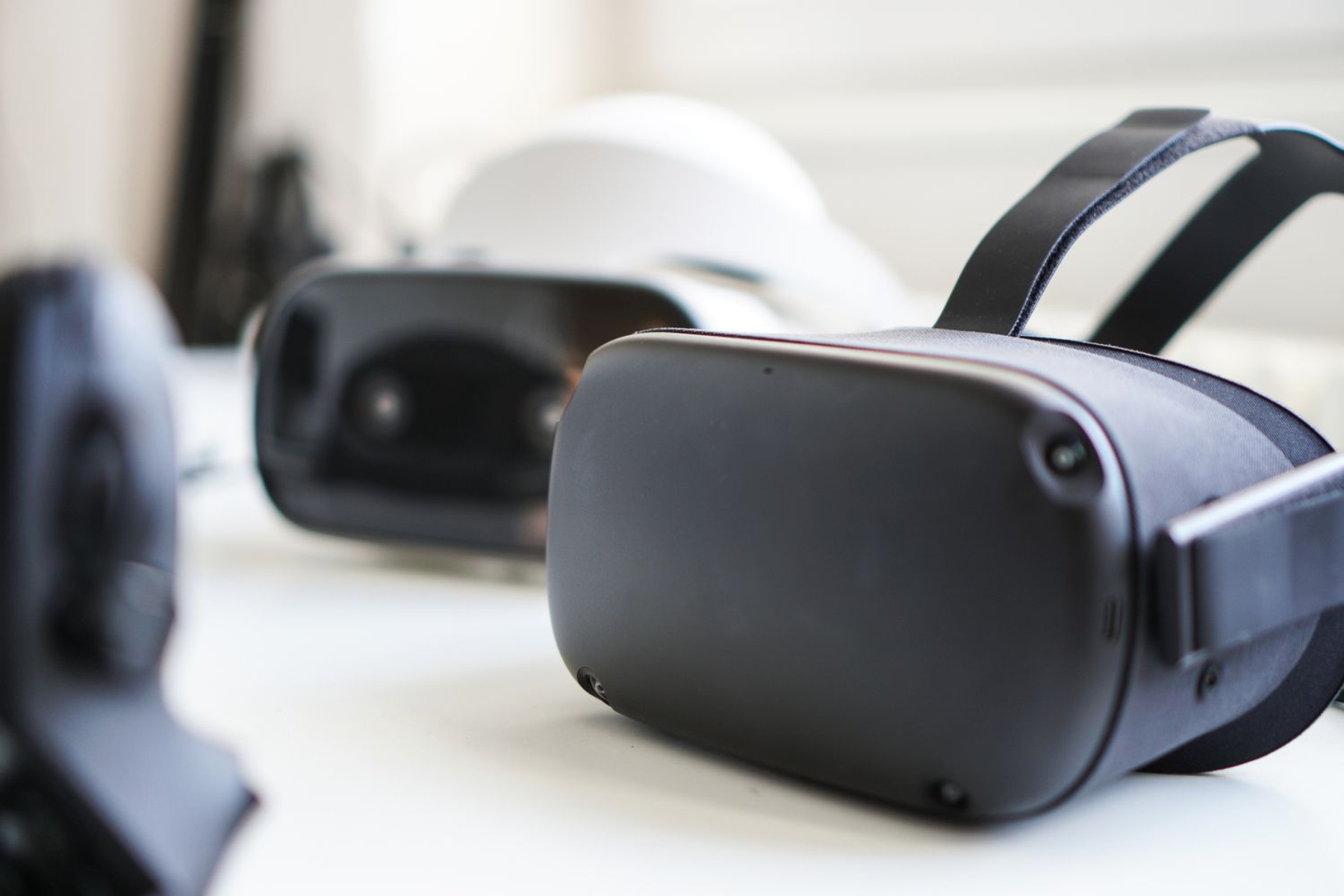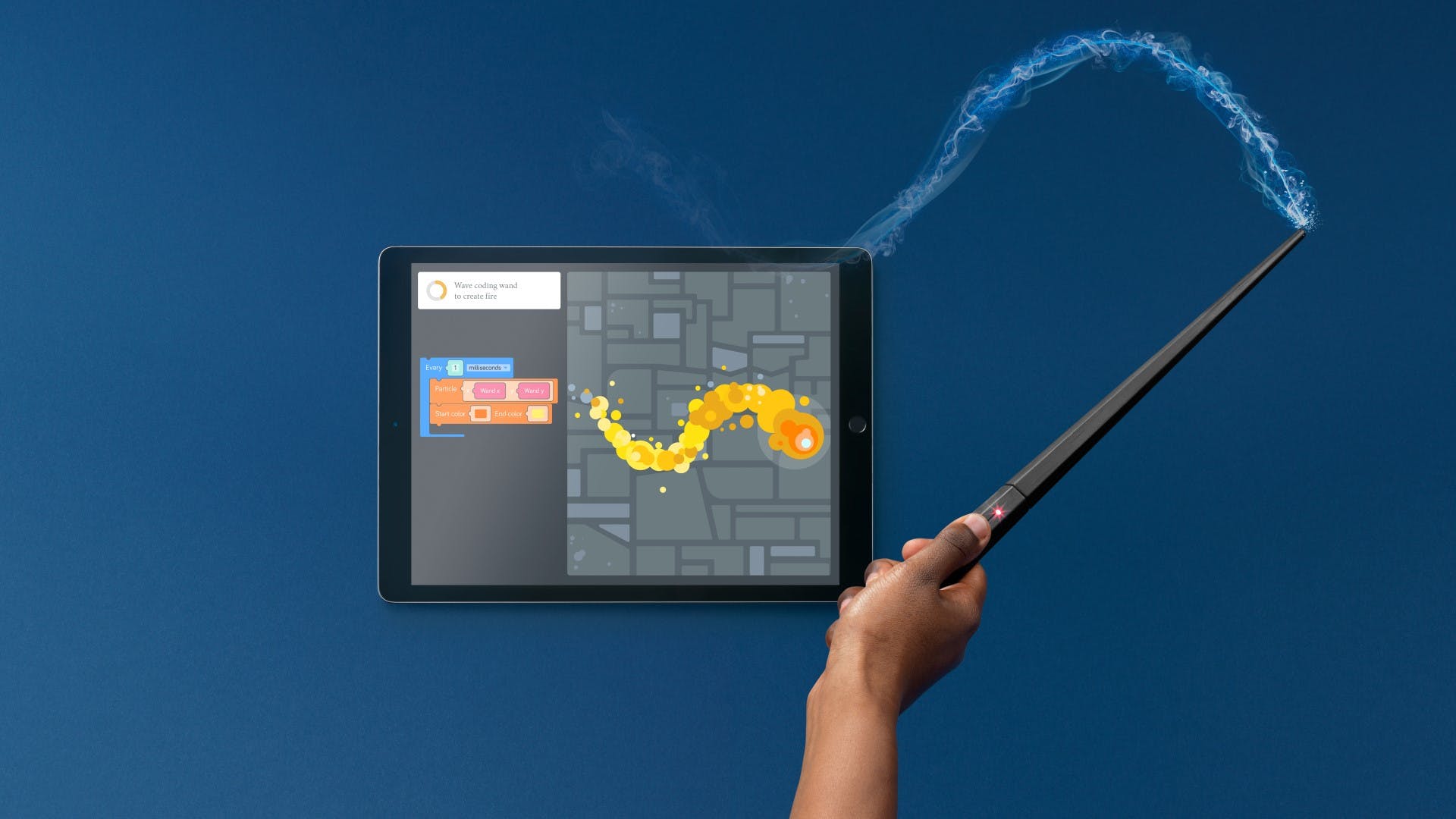Introduction
The Pixel 6 is a powerhouse of a smartphone, equipped with advanced features and a seamless user experience. One of the most convenient capabilities of the Pixel 6 is its ability to connect to a PC, allowing for effortless file transfers and device management. Whether you need to back up important photos and documents, transfer music and videos, or simply manage your device's storage, connecting your Pixel 6 to your PC is a valuable skill to master.
In this guide, we will walk you through the simple steps to connect your Pixel 6 to your PC and transfer files between the two devices. By following these straightforward instructions, you can harness the full potential of your Pixel 6 and streamline your digital workflow. Whether you're a seasoned tech enthusiast or a novice smartphone user, this guide will equip you with the knowledge to seamlessly integrate your Pixel 6 with your PC, unlocking a world of possibilities for managing and accessing your digital content.
The process of connecting your Pixel 6 to your PC is not only practical but also opens up a realm of creative possibilities. Whether you're a photographer looking to transfer high-resolution images, a music enthusiast eager to sync your favorite playlists, or a professional needing to access work-related documents, the ability to connect your Pixel 6 to your PC offers a seamless and efficient solution. With this guide, you'll be able to effortlessly bridge the gap between your Pixel 6 and your PC, enabling a smooth and intuitive exchange of files and data.
By the end of this walkthrough, you'll have the confidence and expertise to seamlessly connect your Pixel 6 to your PC, empowering you to manage and transfer files with ease. So, let's dive into the simple steps to prepare, connect, and transfer files between your Pixel 6 and PC, unlocking the full potential of these versatile devices.
Step 1: Prepare Your Pixel 6
Before connecting your Pixel 6 to your PC, it's essential to ensure that your smartphone is ready for the seamless interaction. Here are the steps to prepare your Pixel 6 for the connection process:
-
Check Your USB Cable: Begin by locating the USB-C cable that came with your Pixel 6. This cable is essential for establishing a stable connection between your smartphone and your PC. Ensure that the cable is free from any damage or fraying, as a secure connection relies on a functional and intact USB-C cable.
-
Unlock Your Pixel 6: To facilitate the connection process, unlock your Pixel 6 by entering your PIN, pattern, or using the fingerprint sensor. This ensures that your device is accessible and ready to initiate the connection with your PC.
-
Enable USB Debugging (Optional): If you plan to engage in advanced development tasks or debugging processes, you may consider enabling USB debugging on your Pixel 6. This can be done by navigating to the "Developer options" within the device settings and toggling the USB debugging feature. While this step is optional for standard file transfers, it can be beneficial for advanced users and developers.
-
Check Battery Level: It's advisable to ensure that your Pixel 6 has an adequate battery level before initiating the connection process. While connecting your device to your PC, a sufficient battery level ensures that the transfer process can be completed without interruptions. If needed, charge your Pixel 6 to a comfortable battery level before proceeding with the connection.
By following these preparatory steps, you can ensure that your Pixel 6 is primed and ready for a seamless connection to your PC. With these simple preparations in place, you can proceed to the next step of connecting your Pixel 6 to your PC, unlocking a world of possibilities for file transfers and device management.
Step 2: Connect Your Pixel 6 to Your PC
Connecting your Pixel 6 to your PC is a straightforward process that paves the way for seamless file transfers and device management. Follow these simple steps to establish a stable and reliable connection between your Pixel 6 and your PC:
-
Locate the USB-C Port: Begin by identifying the USB-C port on your Pixel 6. This port serves as the gateway for establishing a physical connection between your smartphone and your PC. The USB-C port is typically located at the bottom of the Pixel 6, and it's essential to handle the USB-C cable with care to ensure a secure connection.
-
Connect the USB-C Cable: Take the USB-C cable that came with your Pixel 6 and insert the USB-C end into the port on your smartphone. Ensure that the connection is snug and secure, as a stable physical connection is crucial for initiating the data transfer process.
-
Connect to Your PC: Once the USB-C cable is securely connected to your Pixel 6, locate an available USB port on your PC. Insert the opposite end of the USB-C cable into the USB port on your PC, establishing a direct link between your Pixel 6 and your computer.
-
Verify the Connection: Upon connecting your Pixel 6 to your PC, your smartphone may prompt you to select a USB connection option. Depending on your specific needs, you can choose from options such as "File transfer," "Charging only," "Transfer photos (PTP)," or "Transfer files (MTP)." Select the "File transfer" or "Transfer files (MTP)" option to enable seamless file transfers between your Pixel 6 and your PC.
-
Initiate the Connection: Once the USB connection option is selected, your Pixel 6 and your PC are now linked, paving the way for effortless file transfers and device management. Your PC should recognize the connected Pixel 6 as a storage device, allowing you to access its contents and transfer files with ease.
By following these simple steps, you can establish a robust connection between your Pixel 6 and your PC, unlocking the potential for seamless file transfers and efficient device management. With the connection established, you're now ready to explore the next step of transferring files between your Pixel 6 and your PC, empowering you to effortlessly manage and access your digital content.
Step 3: Transfer Files Between Your Pixel 6 and PC
Once your Pixel 6 is successfully connected to your PC, you gain the ability to seamlessly transfer files between the two devices. This opens up a world of possibilities, allowing you to effortlessly manage and access your digital content. Whether you need to back up important photos, transfer music and videos, or organize documents, the file transfer process empowers you to efficiently handle your data. Here's a detailed guide on how to transfer files between your Pixel 6 and PC:
1. Access Your Pixel 6 Storage:
Upon establishing the connection between your Pixel 6 and PC, your smartphone's storage becomes accessible from your computer. Navigate to the "This PC" or "My Computer" section on your PC to locate your connected Pixel 6. Click on the device to access its internal storage and any additional storage such as an SD card if present.
2. Select and Transfer Files:
With your Pixel 6's storage accessible on your PC, you can now select the files you wish to transfer. Whether it's photos, videos, music, or documents, simply navigate to the respective folders on your Pixel 6 and choose the files you want to transfer. You can then drag and drop the selected files to a location on your PC, enabling a seamless transfer process.
3. Organize Your Files:
As you transfer files from your Pixel 6 to your PC, take the opportunity to organize your digital content. Create specific folders on your PC to categorize and store the transferred files efficiently. This can include creating folders for photos, videos, music, and documents, allowing for a well-structured and easily accessible digital library.
4. Transfer Files from PC to Pixel 6:
In addition to transferring files from your Pixel 6 to your PC, you can also transfer files in the opposite direction. Simply navigate to the desired location on your PC, select the files you want to transfer to your Pixel 6, and then drag and drop them into the appropriate folders on your smartphone's storage.
5. Safely Eject Your Pixel 6:
Once the file transfer process is complete, it's crucial to safely eject your Pixel 6 from your PC. This helps prevent data corruption and ensures that all file transfers are successfully completed. To safely eject your Pixel 6, locate the device in the "Safely Remove Hardware and Eject Media" section on your PC, and then follow the prompts to safely disconnect your smartphone.
By following these steps, you can seamlessly transfer files between your Pixel 6 and PC, enabling efficient management and access to your digital content. Whether it's backing up important files, organizing your media library, or transferring documents, the file transfer process empowers you to harness the full potential of your Pixel 6 and PC, creating a seamless digital ecosystem.
Step 4: Safely Disconnect Your Pixel 6 from Your PC
Safely disconnecting your Pixel 6 from your PC is a crucial step in ensuring the integrity of your data and the longevity of your devices. By following the proper procedures to disconnect your smartphone, you can mitigate the risk of data corruption and ensure that all file transfers are successfully completed. Here's a detailed guide on how to safely disconnect your Pixel 6 from your PC:
-
Complete File Transfers: Before initiating the disconnection process, ensure that all file transfers between your Pixel 6 and your PC are fully completed. This includes verifying that all files have been successfully transferred and confirming that no active file operations are in progress. Completing ongoing file transfers helps prevent data loss and ensures the integrity of your digital content.
-
Close Open Files and Applications: If you have accessed files or applications on your Pixel 6 from your PC, ensure that all relevant files and applications are closed. This helps release any active connections and ensures that your Pixel 6 is ready to be safely disconnected from your PC. By closing open files and applications, you minimize the risk of data conflicts and ensure a smooth disconnection process.
-
Eject Your Pixel 6: On your PC, locate the connected Pixel 6 in the "Safely Remove Hardware and Eject Media" section. This step is essential for initiating the safe ejection of your Pixel 6 from your PC. Select the option to eject your Pixel 6, and wait for the confirmation message indicating that it is safe to disconnect your device. This process ensures that all file operations are completed and that your Pixel 6 is ready to be safely unplugged from your PC.
-
Physically Disconnect Your Pixel 6: Once you have safely ejected your Pixel 6 from your PC, gently unplug the USB-C cable from both your smartphone and your PC. Handle the cable with care to avoid any damage to the connectors or ports. By physically disconnecting your Pixel 6 in a gentle and controlled manner, you ensure that the disconnection process is smooth and that your devices remain in optimal condition.
By following these steps, you can safely disconnect your Pixel 6 from your PC, ensuring the integrity of your data and the longevity of your devices. This final step in the process of connecting and transferring files between your Pixel 6 and your PC helps maintain a seamless and efficient digital workflow, empowering you to manage and access your digital content with confidence.








